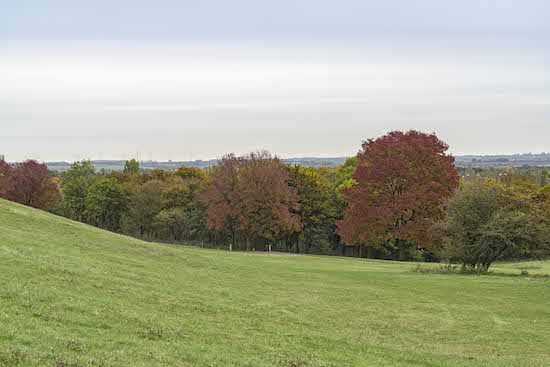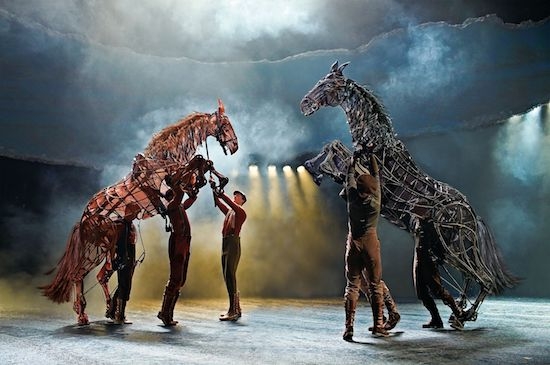This week is National Tree Week, (Sat 23 Nov – Sun 1 Dec) the UK's largest annual tree celebration, marking the start of the winter tree planting season.
To celebrate, The Parks Trust want to encourage residents of Milton Keynes to go out and discover their local parks as well as learn a little more about the work they do across the city to enhance the landscape.
The Parks Trust are guardian to over 6,000 acres of greenspace, that makes up 25% of the city! The trees and woodland not only create a beautiful environment to live in they also help the city adapt to climate change.
The trees within our city maintain the air quality and cooling of the city, they store carbon and can provide a source of renewable energy.
On average, they plant around 40,000 trees and shrubs annually to help maintain the growth of the city’s landscape.
Much of this planting is to replace trees and shrubs that have come to the end of their life, but they are also taking opportunities to increase the overall number of trees in the city.
Did you know that The Parks Trust look after four woodlands located across the city? Howe Park Wood, Linford Wood, Hazeley Wood and Shenley Wood. To help you get outdoors and discover these amazing places right on your doorstep, they have created a couple of self-guided walks.
Never miss news or leisure info in Milton Keynes - Follow us on twitter here
And on Facebook here
In medieval times Howe Park would have been a vital local source of wood for the villagers of nearby Tattenhoe. When Milton Keynes Development Corporation bought the wood in 1968 it was a dark, wet, impenetrable thicket.
The shady conditions prevented the growth of woodland flowers and therefore impeded the insects, birds and other wildlife which depend on them. Their active management of the wood has transformed that picture and these days Howe Park Wood is one of the city’s jewels, a tranquil oasis, humming with wildlife and colour.
Explore Shenley Wood, the wood is a fantastic place to see wildlife.
In the spring and early summer there is a riot of colour as the bluebells, celandines and wood anemones flower. During the autumn you can find an amazing array of fungi on the woodland floor. As the plant cover dies back you may also be lucky enough to see wild animals such as fox, muntjac deer, or even badgers.
And at any time of year the wood is abundant with wild birds though they can often be difficult to see in the woodland canopy. The ponds created to the east and south sides of the wood have been established to provide a protected habitat for Great Crested newts. This really is an exciting place to explore.
Get out, get active, and enjoy the greenery!
















